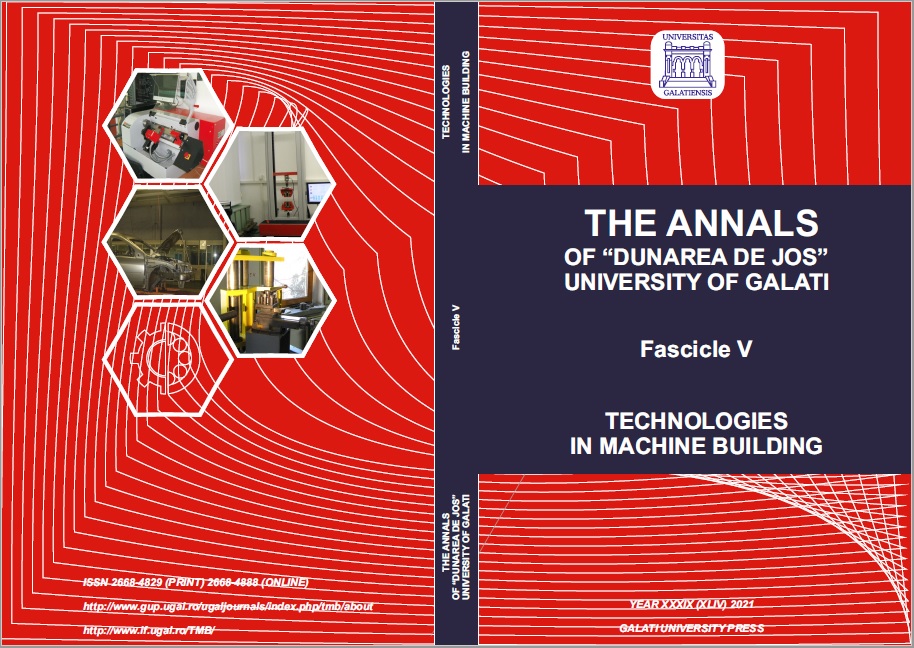STUDY ON THE TRANSITION FROM THE LINEAR ECONOMY TO THE CIRCULAR ECONOMY
Abstract
In the actual economic environment, it is more and more important for people to be aware of their impact on environmental aspects, consumption of natural resources and usage of resources several times by recycling and reuse at the initial intended usage or changing the place of usage in opposition to the principle of owning, using and then throwing away.The increasing of waste quantities are the direct consequences of consumption that exceeds real needs and, at the same time, alters the state of the environment as the main provider of resources. In the coming years, approaches of the products’ design and built must be focused to allow for the continued reuse of resources. The introduction of the circular economy is a challenge to the linear economy approach to resource production and consumption. The circular economy is an economy that produces zero waste. The circular economy concept is not so new. European and world decision-making communities have been circulating for years the concept of circular economy, but only now the concept is beginning to gain visibility and applicability. In this paper, a study on the transition of companies from the linear economy to the circular economy is developed. Starting from the fact that current global sustainable development is given special attention, based on the transition from linear to a circular economy, the study provides an image of the degree of knowledge on the concept of circular economy of private companies, highlighting the major discrepancies between the linear and the circular economy, as well as the multidimensional impact of the implementation of the circular economy. It is necessary for more and more companies to experience how the circular economy can help them in the extraction and transport of raw materials, materials and product design, production, distribution, and consumption of goods, repairs, remanufacturing schemes and reuse, waste management and recycling.


